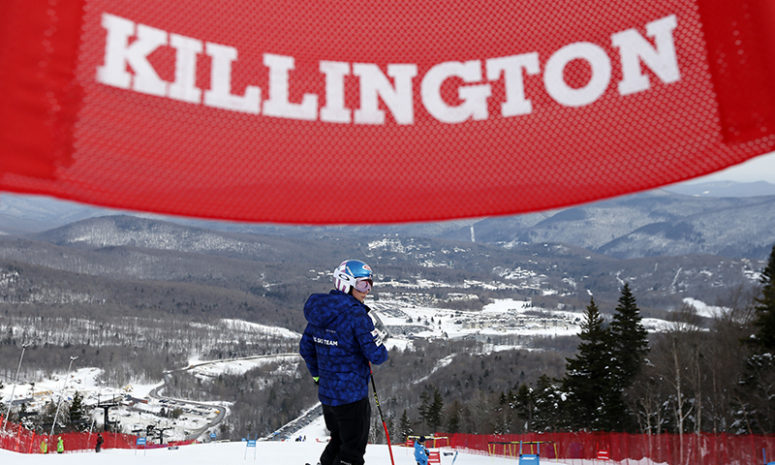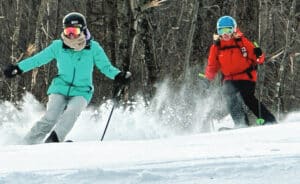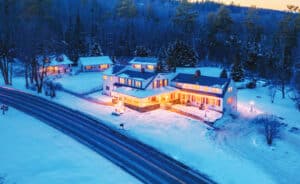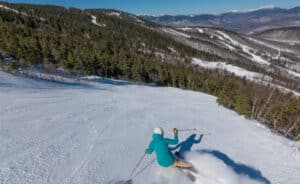
Herwig Demschar had every right to figure Killington could pull this off.
When I spoke with the former head coach of the U.S. women and Austrian men’s alpine teams back in 2016 in preparation for the first World Cup skiing event to be held on the East Coast in a quarter-century, Demschar said he had spent the previous five years wondering why the East Coast wasn’t more of a destination for international skiing events.
“Why don’t we promote the East more?” he asked. “Especially because there are most of the ski clubs, most of the ski academies that produce athletes for ski racing. Why don’t we go back to this place?”
But if Demschar received any resistance to his idea in terms of arguments over snow control, mountain elevations and crowd size, then he had the ultimate trump card.



